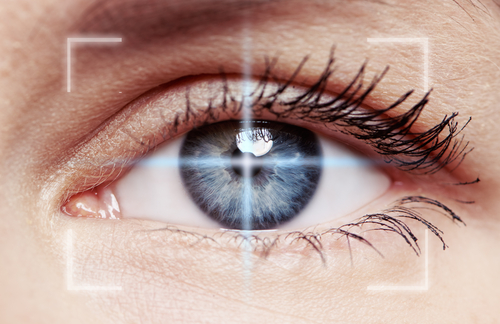Mutations in UBE3A Gene Impair Normal Development of Brain Circuits, Review Suggests

UBE3A, the protein underlying Angelman syndrome, is crucial for the maturation and adaptability of the visual circuits in the brain, according to a recent review study.
The study, “Common Defects of Spine Dynamics and Circuit Function in Neurodevelopmental Disorders: A Systematic Review of Findings From in Vivo Optical Imaging of Mouse Models,” was published in the journal Frontiers in Neuroscience.
Angelman syndrome is a complex genetic disorder caused by the absence or malfunction of the UBE3A gene, affecting an estimated 1 in 10,000-40,000 children worldwide. It affects the nervous system and causes severe physical and intellectual disability.
Similar to other neurodevelopmental disorders, Angelman syndrome does not seem to cause large anatomical changes to the brain, suggesting that abnormalities associated with these conditions are a result of subtle changes in connectivity and communication among nerve cells.
Therefore, studying the effects of these disorders in nerve cells and in the circuits that they integrate, known as neuronal circuits, could provide more knowledge on not only the mechanisms behind these disorders but also potential therapeutic targets and new therapies.
Several studies have suggested that patients with neurodevelopmental disorders have changes in the morphology and density of specific nerve cell structures called dendritic spines, as well as abnormal processing and responses to sensory stimuli.
Dendritic spines are microscopic protrusions located on dendritic branches — the extensions of nerve cells responsible for cell-cell communication — that receive excitatory signals from other nerve cells.
The dynamic nature of these structures — in form and number — reflects the formation and elimination of connections between nerve cells during the maturation of neuronal circuits, which is essential for the processes of learning and memory. Abnormalities in these dynamics have been associated with neurodevelopmental disorders.
While current methods to study the human brain do not yet allow the cellular resolution needed for this kind of study, a technology called in vivo optical imaging enables the observation of circuit and nerve cell structure and function in living mice.
Researchers reviewed studies on mouse models of neurodevelopmental disorders, including Angelman syndrome, that used these in vivo optical imaging techniques to investigate structural and functional abnormalities in neuronal circuits.
Their search identified 22 studies in mouse models of Angelman syndrome, fragile X syndrome, Rett syndrome, and autism spectrum disorders.
Studies of postmortem brain tissues of Angelman patients and an Angelman mouse model showed a reduced density/number of dendritic spines in the visual cortex — the part of the brain that processes visual information.
In vivo optical imaging in Angelman mice revealed that in juvenile mice the formation of dendritic spines was normal, but their degeneration was increased. But when these mice were grown in darkness — without visual stimuli — the density and formation/elimination balance of dendritic spines were similar to healthy mice.
Additional experiments showed that young Angelman mice had significant deficits in eye plasticity dependent on experience, compared with age-matched healthy mice. The visual circuits of these mice were also found to develop normally until the point visual experience started to play a crucial role in rewiring these circuits.
These findings suggest that UBE3A has a profound influence on circuit development, potentially being an indispensable molecule for adaptability and maturation of neuronal circuits in the visual cortex. This may be the case for other neuronal circuits in the brain.
The authors noted the data obtained from this in vivo imaging could provide new therapeutic strategies, and that the study of mouse models of neurodevelopmental disorders “will continue to contribute to this endeavor by providing evidence for dysfunction in the living brain.”






